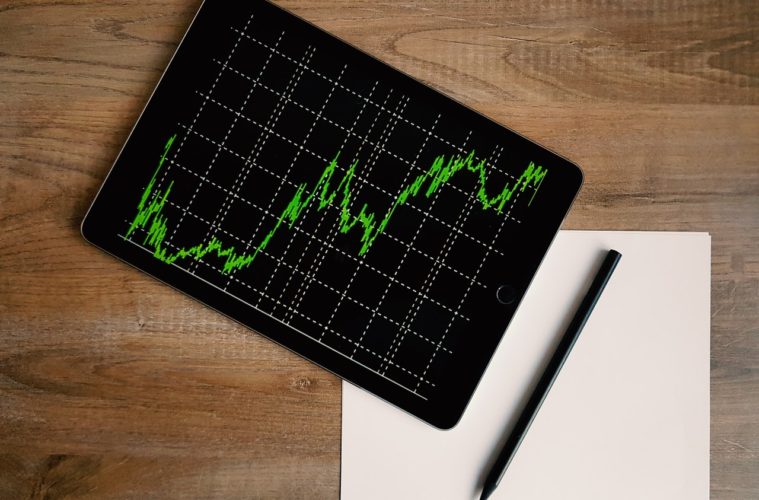In order to be ready for the cut and thrust of the markets, preparation is key – no matter whether you’re thinking of trading professionally or in your spare time. There’s a lot of information to process – from the whole range of asset classes you can trade to the different trading styles you need to be aware of – so it’s important to have that knowledge base before you begin trading.
If this is a completely new subject for you, there’s a staggering amount of information to take on board. However, the way in which you learn is entirely dependent on your goals and also, your attitude to risk. It’s a very personal process.
Trading expert IG has compiled a comprehensive list of the best trading books of all time, selected by its in-house team. These are texts which have helped experts in their learning process and include everything from technical analysis to examples of scenarios to look out for.
Begin by building up a base of knowledge by reading as much as you can about trading to gain an overall understanding. From there, you’ll be able to move onto researching the markets and building your own strategy.
Research the markets
It’s extremely important to create a solid base knowledge of financial markets as each require differing strategies – and there are also fluctuations in risk. This is why it’s important to gain a high level of understanding of the markets and their contrasts. There are a number of asset classes you can trade including:
- Shares
- Indices
- Forex (FX)
- Commodities
- Cryptocurrencies
If you’re interested in researching this further, head to the website of a trading and investments provider and discover more in depth information about the individual markets. Your choice of market might well depend on your background. Tech-savvy traders might favour cryptocurrency – or those who want a volatile market that has scope for big movements might fancy forex.
Build a strategy
Once you’ve established that all-important foundation of knowledge, you’ll need to build a trading strategy. This will help you to earn a profit, establish goals and ensure you’re being consistent. Your strategy should involve a few components, the first being a trading style. While there are a variety of trading styles, there are four which are more common. These are:
- Day trading – a 24-hour trade designed to take maximum advantage over small fluctuations
- Scalping – reselling shares very quickly to make a profit
- Swing trading – buying stocks that can be expected to have a price swing over a period of a few days or weeks
- Position trading – holding assets for a longer time to wait for their value to increase
Deciding which trading style is for you is key to being able to move forwards with your plan.
Market analysis also helps you to understand where your entry and exit points should be. Although markets can be unstable and therefore there’s never a guarantee of predicting patterns completely, a well planned strategy can prepare you for all eventualities.
Establish a trading style you feel comfortable with, implement market analysis and put a strategy in place to manage your risk and you’ll be on the right path.
Once you’ve put in thorough research, have brushed up on markets and built a strategy you feel comfortable with, you’ll be ready to gain some trading experience. If you’re not feeling ready to start trading on live markets, though, you can set up a demo trading account to put your new strategy to the test.
Before you start buying Ethereum, Bitcoin or Dogecoin etc, do some research




